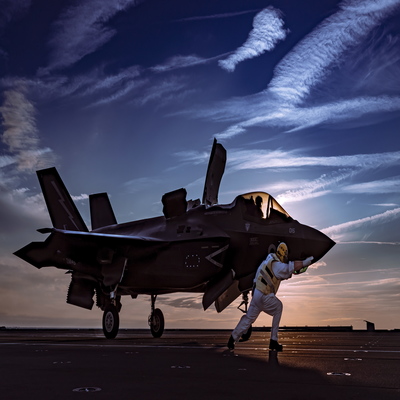This module can only be taken as part of the Vehicle and Weapon Engineering MSc (USA).
To give a fundamental understanding of technologies involved in the fighting vehicle design.
This involves appreciating both the opportunities and constraints presented by emerging technologies and legacy systems, so that you can put your own educational and employment specialisation into a whole-system context.
The course is offered as a Continuing Professional Development course both in the UK and worldwide and an accredited course in the USA as part of Vehicle and Weapon Engineering MSc (this course is a mandatory course for all new TARDEC Associates) and the Expeditionary Warfare Systems Engineering and Technology MSc (USA) at NSWC Crane.
At a glance
-
- Dates
-
- Please enquire for course dates
- Duration5 days
- LocationExternal
What you will learn
On successful completion you should be able to:
- Recognise and identify the key design and development features of armoured fighting vehicles
- Formulate the inter-relationships and trade-offs between the wide-ranging vehicle system technologies involved
- Better understand the technological possibilities and constraints presented by these technologies for future vehicles
- Put your own knowledge into context, and thereby deliver added value to future design solutions.
Core content
- AFV design characteristics, attack of armour and IEDs, terminal ballistics,
- AFV transmissions and steering, armour materials and structure, terramechanics, wheeled vehicle drivelines, suspension and ride, tracked vehicle running gear design, mobility, weapon fire control and stabilisation system, AFV power requirement, gun and cannon installation,
- HUMS, AFV engines, surveillance systems, signature reduction techniques, defensive aid systems, power sources and energy management, electric transmission systems, drive by wire, EMP, EMC and software issues, vehicle systems integration, battle space management system, hybrid options, AFV packaging and armour distribution.
Who should attend
- Test and evaluation engineers, design and development engineers, manufacturing and industrial engineers, specification engineers, physicists and mathematicians working in the fighting vehicle design, researchers and analysts new to the subject and intend working in the design and development of fighting vehicles
- Military personnel, government civil servants, defence industry, acquisition and procurement staff from DoD
- Graduates, who intend to take up a career in defence technology (DoD and industry).
Speakers
Read our Professional development (CPD) booking conditions.
